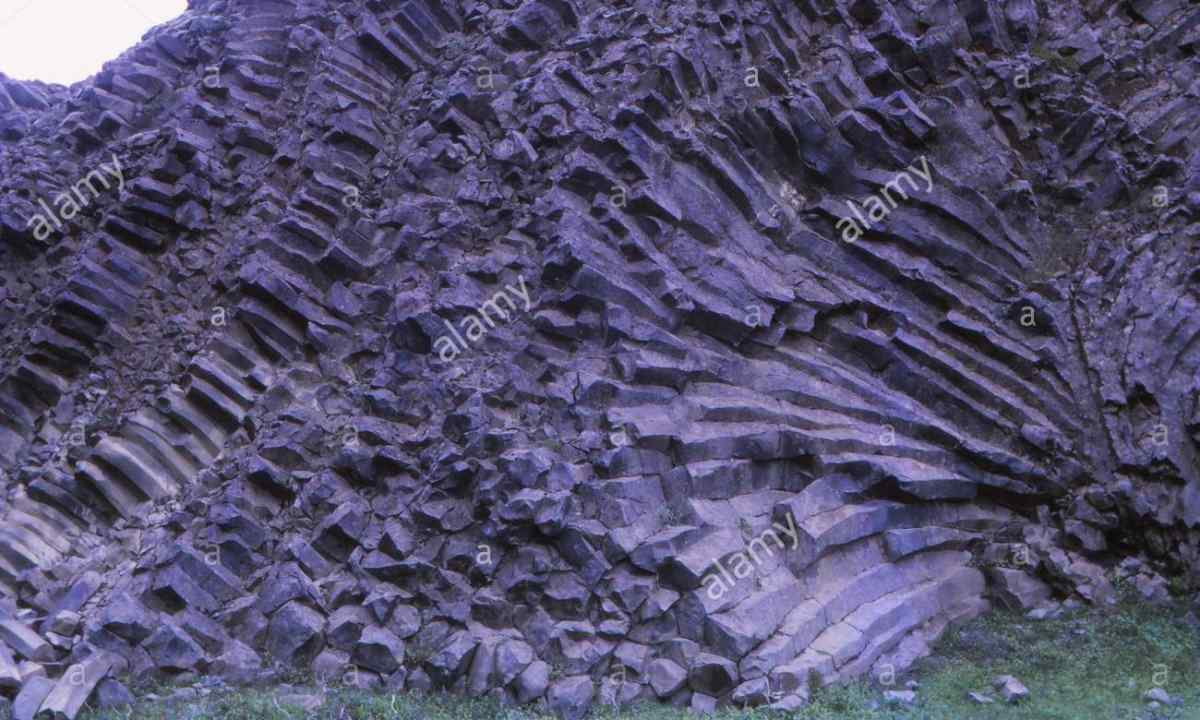Plate on the basis of basalt fiber – what is it? What advantages does it have? To answer these questions, it is necessary to get acquainted with technical characteristics and scopes of the provided composite.
The basalt plate (mineral wool) is inorganic material which is received in the artificial way from natural raw materials – fusion of rock of volcanic origin – basalt, with addition of limestone, dolomite or bentonite clay.Today the given composite takes the leading positions in the construction market (about 70% of all volume) in this connection it is widely used in the field of construction, repair, reconstruction of residential units and industrial constructions.
The main, but not only, scope of basalt plates – thermal insulation. The provided material warm:
- pipelines;
- electric boilers and furnaces;
- plumbing and heating equipment;
- facades, roofs, penthouses, walls, floors and basements.
Basalt plates as outside, and in rooms are used. Their easy modifications are calculated on designs with small weight, and rigid – on capture of additional loads of themselves.
At the expense of polymeric and hydrophobic additives the basalt plates are given high strength and water-repellent properties that allows to keep structure, elasticity and low heat conductivity of materials throughout all term of operation.
Technical characteristics of basalt plates
Plates on basalt basis are characterized, first, by eco-friendly safety for the environment and human health.
Secondly – incombustibility and resistance to influences of high temperatures that excludes deformation of heat insulator and release of hazardous toxic substances by it.
Thirdly – optimum vapor permeability that interferes with formation of condensate, mold, fungus on the warmed surfaces and the bases.
Act as additional technical benefits of basalt plates:
- simple mounting – are easily cut out and cut under the necessary configuration;
- absorption of foreign sounds and excess noise waves;
- ability to create favorable microclimate in rooms.
Plates with basalt fiber can be established in several ways: glue, ballast, mechanical. As fixers it is admissible to use both drive, and screw fastening elements.
As it is correct to choose basalt plate
Basic rule: the more material density, the higher it heat-insulating qualities and, respectively, the price.
Range of density of basalt plates varies within 25-200 kg/CBM.
So, for example, for thermal insulation of external walls it is recommended to buy basalt plates with density from 80 kg/CBM, for laying on inclined roofs – not less than 30-40 kg/CBM, and for interroom partitions – 50 kg/CBM.
Depending on range of application the basalt plates are classified on four views:
- soft – P-75;
- semifixed – P-125;
- rigid – P-175;
- very rigid – P-225.
Soft go for warming of communications, semifixed – on walls and roofs, and rigid and very rigid – on covering of floors, facades.
At competent approach to the choice of basalt plates and qualitatively performed installation works ""heating"" materials will pay off with durable life cycle (more than 50 years) and reduction of costs for technical maintenance of heat carriers.
